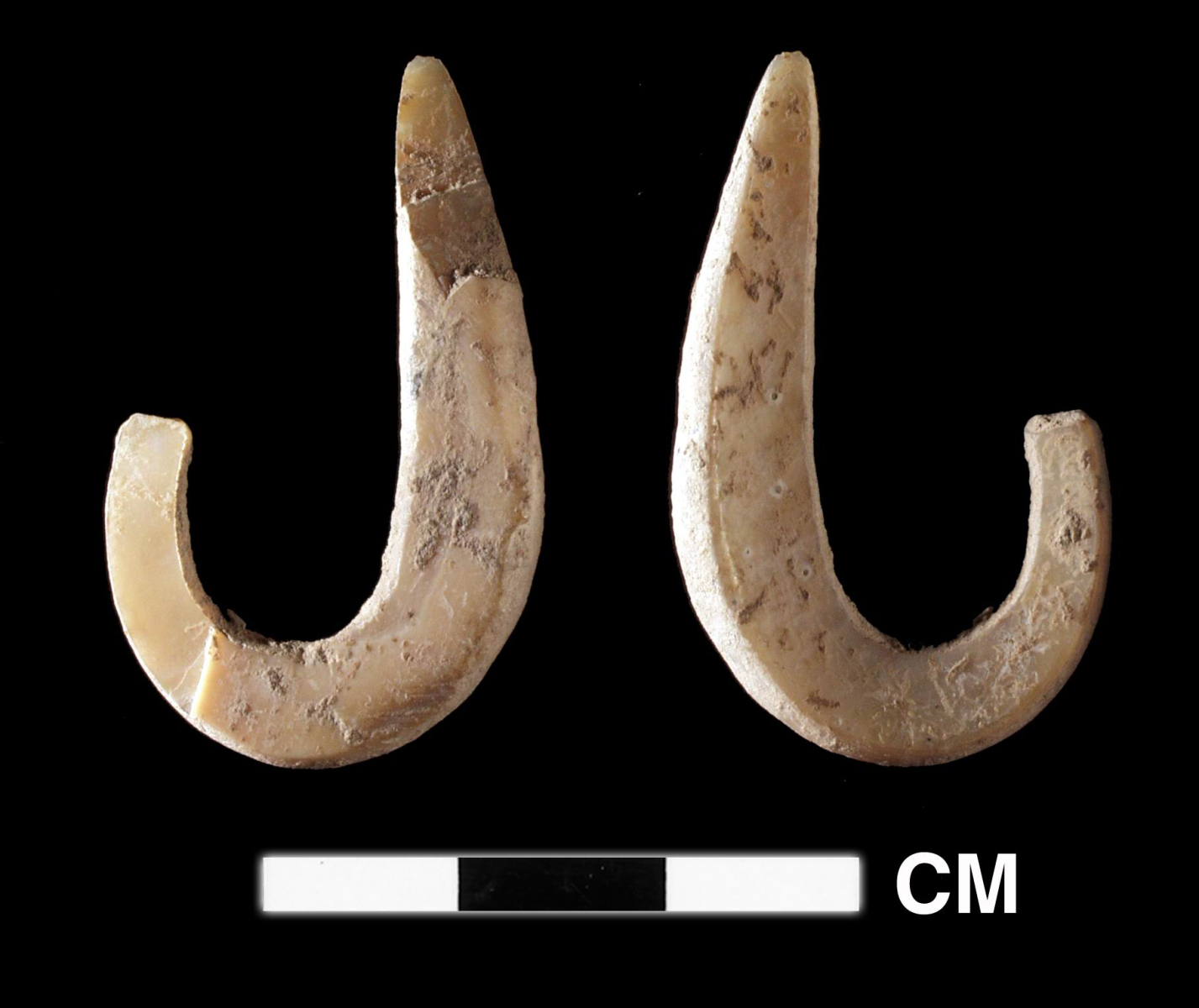The world's oldest tackle, together with evidence of deep-sea  fishing 40,000 years ago, has been unearthed in East Timor.
fishing 40,000 years ago, has been unearthed in East Timor.
Early human migrants, including those who first set foot in Australia 50,000 years ago, were clearly competent mariners. The journey from Eurasia into the northern part of the Australian continent would have involved crossing a 1500km wide deep-water archipelago, negotiatable only by boat and good seamanship. But archaeological evidence of these seafaring feats is sparse.
Now, however, Australian National University scientist Sue O'Connor and her colleagues, working at a site in East Timor called Jerimalai, have discovered evidence that early human inhabitants of the coastline were catching and consuming fish from the open ocean as far back as 42,000 years ago.
Bones belonging to over 20 different fish species were recovered from an excavation at the site, 50% of them belonging to so-called pelagic (open water) dwellers like tuna. To catch these, the Jerimalai settlers would have to have ventured out to sea armed, most probably, with nets.
But even more exciting is the discovery, also amongst the finds, of two primitive fishhooks carved from pieces of trochus shell and dating from about 24,000 years ago. This is the earliest evidence of fishhook manufacture yet described.
As the team point out in their description of the findings, published this week in Science, "Capturing fish such as tuna requires high levels of planning and complex maritime technology. The evidence implies that the inhabitants were fishing in the deep sea."









Comments
Add a comment